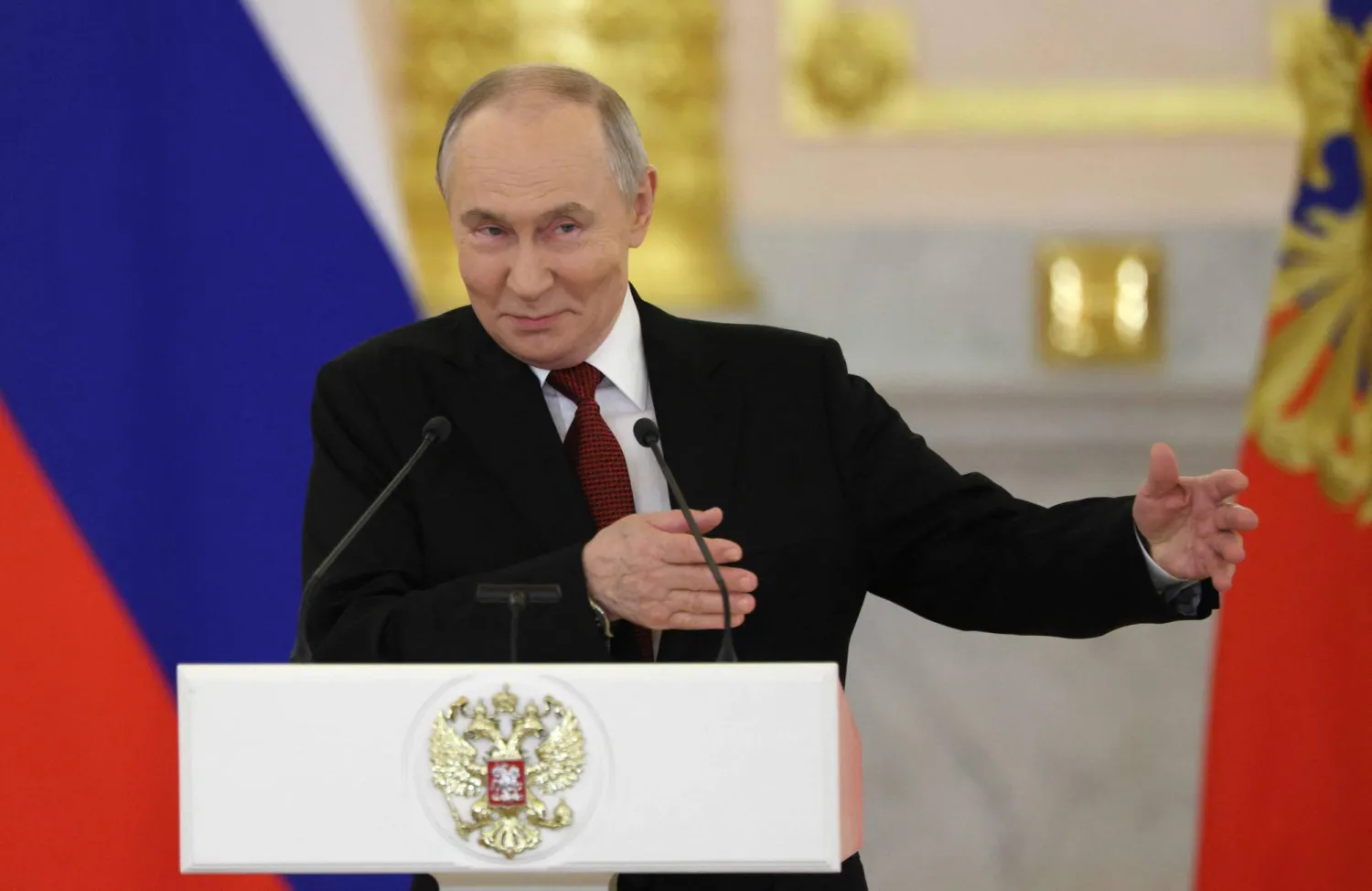A drone targeted a highly sensitive military site outside Tehran where Iran develops missile, nuclear, and drone technology, according to media reports.
The New York Times quoted three Iranian sources and a US official saying that the drone exploded into a building used by the Ministry of Defense for research on drone development, killing a young engineer who worked at the ministry and injuring another person.
Informed Iranian sources said that a quadcopter drone had taken off from close to the Parchin military base.
There was no immediate claim of responsibility, but the attack is similar to the one that targeted the Iran Centrifuge Technology Company (TESA) in Karaj last June, Iran attributed to Israel.
The New York Times reported that the attack fits a pattern of past Israeli strikes on Iran and Lebanon in a covert campaign of hostility that has been going on for years.
Tasnim News referred to an "industrial accident," but the Iranian Ministry of Defense statement said a person died in an incident without providing details.
Israeli officials declined to comment. A US official confirmed that suicide drones had attacked Parchin but did not say who was behind it or offer further details.
If confirmed, the attack would be the second of its kind targeting a center for Iranian drones, after an attack in early February, which targeted a facility near Kermanshah used for manufacturing and storage facility for military drones.
The incident came days after a colonel in the al-Quds Force was killed in front of his house in Tehran.
Iran's Revolutionary Guard Corps (IRGC) identified the man as Col. Sayad Khodayee and said he had fought for years in Syria as part of Iran's military deployment.
According to one intelligence official, Israel told Washington that it was behind his killing. The Israelis intended it as a warning to Iran to stop targeting Israeli citizens abroad.
Meanwhile, National Security Adviser Eyal Hulata will travel to Washington next week to talk about a regional security project that Israel wishes to involve several regional countries to confront Iran.
Hulata will meet with his White House counterpart Jake Sullivan and other US officials to discuss President Joe Biden's upcoming visit to Israel and the stalled nuclear talks with Iran.
Hulata will travel to Washington with a delegation of national security, foreign policy, and intelligence officials who will hold another round of talks at the US-Israel strategic forum on Iran.
Media reports based on some Israeli government officials stated that Hulata and his team want to continue discussing a possible "Plan B" for a scenario where the US does not return to the 2015 nuclear deal with Iran soon.
Israeli officials say they want the US and its European allies to push for a censure resolution against Iran at the upcoming International Atomic Energy Agency (IAEA) board of governors meeting in June.
The advisor has led a tough line on Iran but at the same time encouraged Prime Minister Naftali Bennett to avoid public clashes and maintain good relations with the Biden administration.
Israeli officials said Hulata stressed in a security cabinet meeting that Israel would have to continue working closely with the Biden administration on Iran with or without a return to a deal.
An Israeli official told Channel 12 that the Israeli security services feared aboard operations in retaliation for the assassination of Khodayee.
The channel indicated that senior Israeli officials had held a series of consultations on this issue.
Officials may soon decide to increase travel warnings concerning visiting countries near Iran, adding that it is not about raising the travel warning level but rather about setting guidelines.
The channel quoted an Israeli source saying that Hulata will raise in Washington the issue of leaking news that the Israeli government informed White House officials that Khodayee was leading a secret unit in the al-Quds Force and that Israel had assassinated him.









